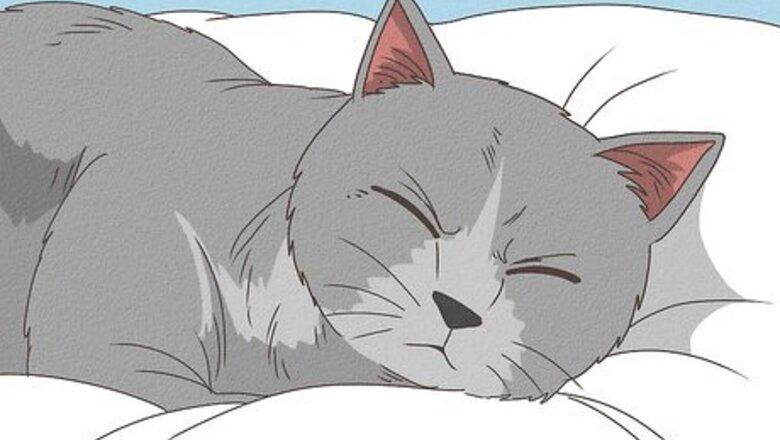
views
X
Expert Source
Molly DeVossCertified Feline Training and Behavior Specialist & Certified Cat Behavior Consultant
Expert Interview. 15 July 2021.
Schedule a vet visit to identify any underlying medical issues, and discuss treatment options with the vet. Overweight cats can have trouble reaching all of their body parts, so help your cat slim down if necessary. Reduced grooming due to arthritis is common in older cats, so you might have to handle your senior cat’s grooming needs.
Reasons Cats Stop Grooming
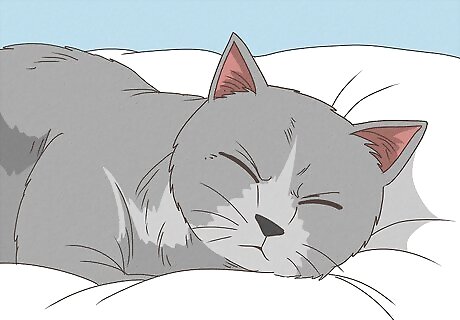
They're ill. Cats sometimes stop grooming themselves when they're sick. If your cat suddenly stops grooming, look for other symptoms of illness, including: Increased sleeping or sleeping in just one position Decreased appetite Increased aggression, especially when touched or moved Change in litter box habits Abnormal body positions that seem to favor a painful area Tooth decay or foul breath
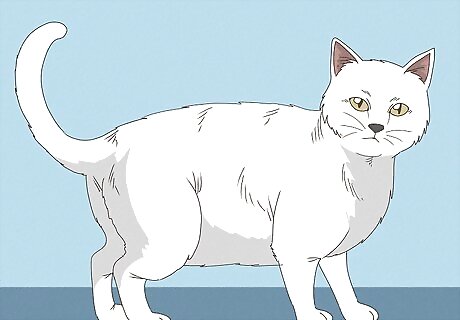
They're overweight. An overweight cat can have trouble reaching all of its body parts. Weight could be the issue if your cat grooms some places normally but ignores hard to reach spots. If you’re not sure if your cat is overweight, ask its vet if its weight might be restricting its mobility. If your cat is thin but ignores hard to reach spots, it might have another mobility issue, like a bone or joint disorder.
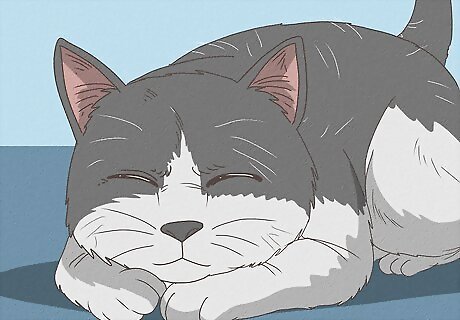
They're getting older. Sudden unwillingness or inability to groom is especially concerning in younger adult cats, as it’s more often associated with a serious health problem. Reduced grooming is more common in senior cats. They often develop arthritis or other degenerative joint issues that make self-grooming difficult. Kittens can also have grooming issues if they were separated from their mother before learning to self-groom. You’ll have to groom it yourself, but in time it will likely begin cleaning itself. Start grooming it as soon as possible to teach it to enjoy the grooming process. Take time to brush them daily, clean their ears, and keep their nails trimmed.

They're chronically stressed. Stress in cats is more often associated with over-grooming. However, chronic stress, or stress that develops over a long period of time, can lead to reduced grooming in some cats. Look for other signs of chronic stress, including: Hiding, withdrawal, or lack of interest in play Defensive aggression Heightened startle response Urinating or defecating outside of the litter box
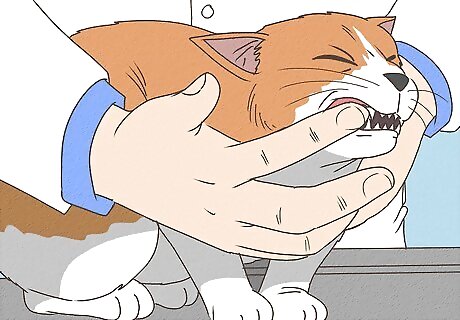
Bring your cat to the vet if they're not grooming themselves. Scheduling a vet visit should be one of the first steps you take when determining why your cat has stopped grooming. Pain and illness are the most common reasons a cat stops grooming itself. Common pain-related conditions associated with reduced grooming include dental disease and bone or joint disorders.
Helping Your Cat
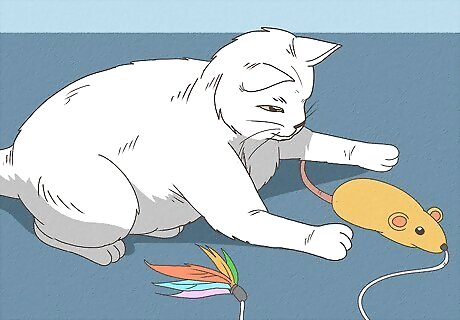
Help your overweight cat lose weight. If your cat is overweight, help it slim down by changing its diet and giving it more exercise. Change its diet gradually, such as by reducing its daily calories by no more than 20 per day. Play with it more often, and incorporate chase games using toys such as feather wands and fishing-type toys. Consult the vet about any dietary changes and additional exercise. Losing too much weight too quickly can be harmful, and you should make sure your cat is healthy enough for more activity. If you free feed your cat, switch to scheduled feeding times to prevent overeating.
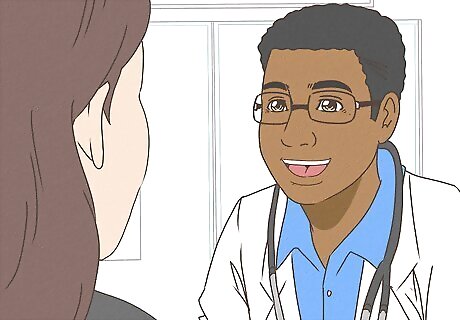
Treat any underlying conditions. Reduced grooming could be associated with any number of illnesses, from dental disease to cancer. Ask the vet about treatment options for any diagnosed medical issues. Depending on the issue’s severity, you’ll most likely need to take over grooming responsibilities during treatment or for the duration of your cat’s life.

Ask the vet about pain medication. If your cat suffers from a painful condition such as arthritis, ask the vet about pain relieving or anti-inflammatory medications. Medications are available in pill, liquid, or injectable forms, so consult the vet about the best option for you and your cat. While medication can alleviate pain on a temporary basis, it might not restore your cat’s mobility. You’ll most likely have to take over grooming responsibilities.
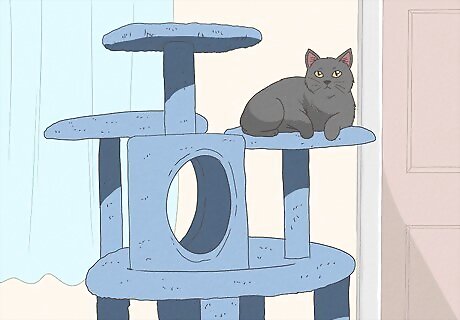
Reduce your cat’s stress. If you and the vet believe your cat’s reduced self-grooming is due to stress, take steps to enrich its environment. Ensure it has time to itself, especially if you have more than one cat. Consider keeping your outdoor cat inside, especially if there are a lot of cats in your neighborhood. Try to give your cat a consistent schedule. If possible, feed and play with it at the same times each day, and go to work and come home at the same times. If you don’t already, clean the litter box daily. Heights can help reduce stress in cats, so consider getting a cat tree.
Grooming Your Cat
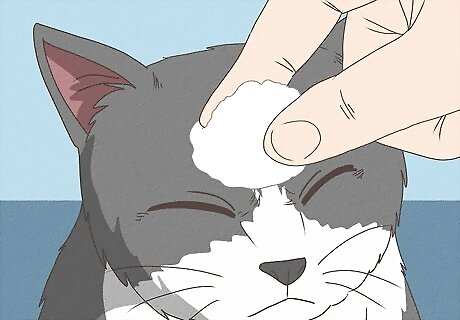
Wipe away discharges daily. Moisten cotton balls with warm water. Use them to gently remove discharges from locations such as your cat’s eyes, ears, and anus. Be sure to use a new cotton ball for each body part.
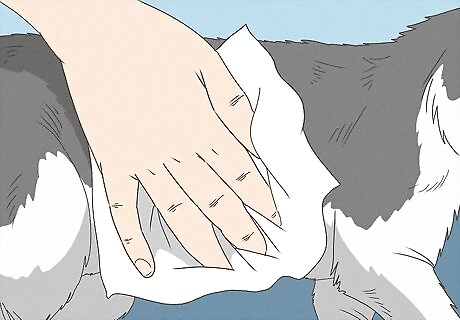
Wipe down your cat’s coat daily. Gently wipe your cat’s coat daily with a washcloth dampened in warm water to remove dead hair and skin cells. As you do so, examine its skin for parasites, skin irritation, lumps, and bumps. Report any of these issues to your cat’s vet.
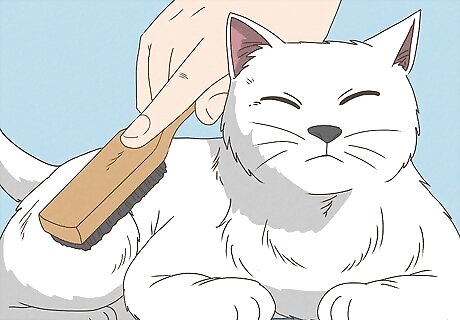
Brush your cat’s coat gently and as needed. Use a soft bristled brush and be gentle, especially if your cat is older. You should have a comb and deshedding tool for your cat, no matter if they're longhaired or shorthaired. Use the comb to separate the hair and get down to the skin, which teases apart knots. Use the deshedding tool to get rid of shed hair, which can be a problem for both longhaired and shorthaired cats. Groom a shorthaired cat at least twice a week. Longhaired cats require daily grooming. Try trimming the fur around the legs and rear of your longhaired cat to prevent matting and soiling. If your older cat has sore joints, it may find a rubber-deshedding tool such as the ZoomGroom to be more gentle on sore hips, shoulders, and elbows.
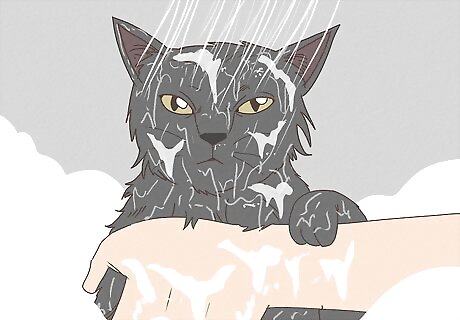
Bathe your cat occasionally. Even cats that don’t groom themselves properly only need occasional baths, such as when you notice a bad odor. Brush your cat’s fur out before bathing it, wet it (using a hand sprayer is the easiest way), rub shampoo in the direction of its fur, then rinse thoroughly. Towel dry and, if your cat tolerates it, use a blow dryer on a low or cool setting. Only use shampoo marked for cats.


















Comments
0 comment